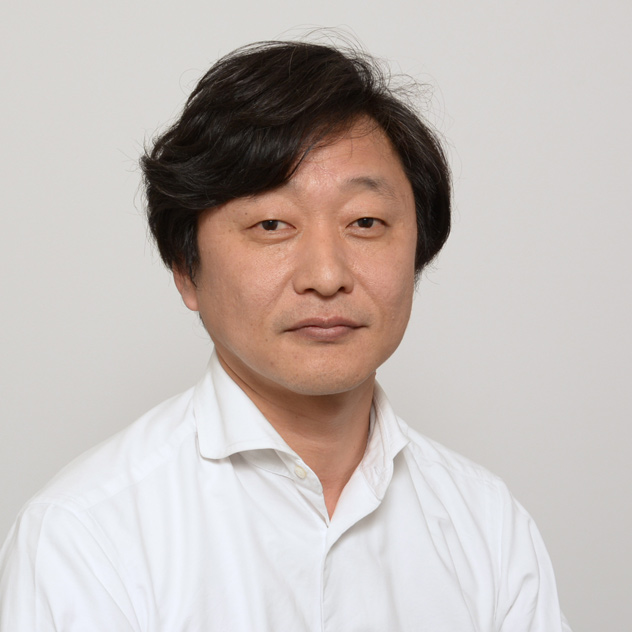A History of Art Museums
Scroll Down
Although the history of modern art museums is said to date back to 1793, when the Louvre was established, their roots can be found in the etymology of the English word museum, which comes from the Greek mouseion.
The Mouseion was the temple at which the Muses, the daughters of Mnemosyne in Greek myth, were worshipped. Because the Muses were the goddesses of art, literature, and scholarship, the Mouseion was used as a venue for pursuing the arts and learning and thus is considered to be where museums originate from.
CATEGORY
RELATED PROJECTS
When did the fine arts come to be recognized as a type of art? It was most likely during the Renaissance era, and it is also suggested that it occurred when the Uffizi was established in the sixteenth century. However, at the time art museums primarily served as treasure houses and were not yet art museums in terms of the contemporary definition. Around that time, paintings and sculpture came to be received as works of art in their own right, rather than decorations for churches or buildings. Evidence of this is the fact that paintings and sculptures went into circulation, with the former framed and the latter placed on pedestals.
Thereafter, as works of art were valued more, numerous art museums emerged around the world, beginning with the Louvre, mentioned earlier. Among them are The National Gallery (London), the Amsterdam National Museum, the State Hermitage Museum, the Metropolitan Museum of Art, the Museum of Fine Arts, Boston, the Museum of Modern Art (MoMA), and the Guggenheim Museum. Although former palaces and the like were used as art museums, buildings came to be constructed that were specifically for art museums. The honeymoon between fine arts and art museums continued for some time. Art museums were places (palaces) that exhibited works of art. Being exhibited in art museums gave works of art authority, and they were circulated with their position in the art world established.
Since the time of Impressionism, the fine arts, which began with painting and sculpture, took on new forms of expression that were antithetical to the concept of art and the values that had existed until that time. As the process of incorporating concepts themselves in art continued, the very concept of art came to expand. Cubism, Surrealism, Abstract Expressionism, neo-Dadaism, pop art, Minimalism, and conceptual art -- as spaces accepting these various forms of expression, art museums appeared to have fixed on the style of the big white box.
However, with land art, installations and the like, art broke loose from art museums, expanding the concept of it even more. With the popularization of the Internet in the twenty-first century and the addition of the virtual world, art is continuing to undergo a metamorphosis. In such times, what form will art museums take? Even now, art museum architecture continues to evolve.
Light Environments of Art Museums
However, in recent years the appeal of natural light, the amount and color temperature of which changes with time and the weather, has been reconsidered. From the perspective of saving energy as well, there is a trend toward reconsidering methods that combine natural light and artificial light. For incorporating natural light, however, the total volume and components of the light that works will be subjected to annually must be thoroughly examined in the design process.
Museums Incorporating Natural Light
Fiber Optics in Art Museums
Light-Emitting Diodes in Art Museums
Air Conditioning in Art Museums
From the perspective of preserving works, it is important for the air conditioning environments in art museums to maintain constant temperature and humidity. Although storage conditions differ depending on the work, UNESCO stipulates temperatures of 16 to 24°C and relative humidity of 45 to 63%. The standards of the American Society of Heating, Refrigerating and Air-Conditioning Engineers (ASHRAE) are even stricter: 18.5 to 22.2°C for temperature and 50 to 55% for relative humidity.
Inhibiting sudden changes in temperature and humidity is also crucial. Sudden temperature changes can shrink the materials used in works of art, not only causing cracking and deterioration but also contributing to condensation and the like by altering the relative humidity. In keeping, thorough and professional examination is necessary to select air conditioning systems and set air conditioner capacity. In addition to air conditioner capacity settings, attention also must be paid to air conditioner blowing position and air speed. If the airflow from air conditioners makes contact with works of art, it can cause them to deteriorate.
It is also important to make sure that air-conditioning blowing temperature does not differ greatly from room temperature and to use a slow air speed in air conditioning. As a new approach, the Hoki Museum, which is located in Toke, Chiba City, has adopted a combined air conditioning system that features a radiation heater and cooler and minimal air volume. Here, the steel plate in the ceiling serves as a duct for blowing conditioned air, allowing the surface of the ceiling itself to be cooled or heated and functioning as a radiation heater and cooler. In adopting this system, its effects were thoroughly investigated using airflow analysis in building information modeling (BIM) and the like. Inhibiting the flow and speed of air blown from air conditioners minimizes the airflow that makes contact with the art, creates a pleasant viewing environment, and also contributes to saving energy.
In these ways, art museum buildings have changed as new technologies have been developed. In the future, as well, adopting technologies and integrating them in building design will contribute to the continued enrichment of people’s lifestyles.
